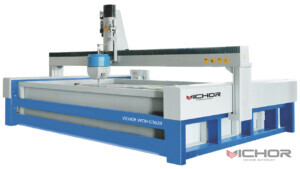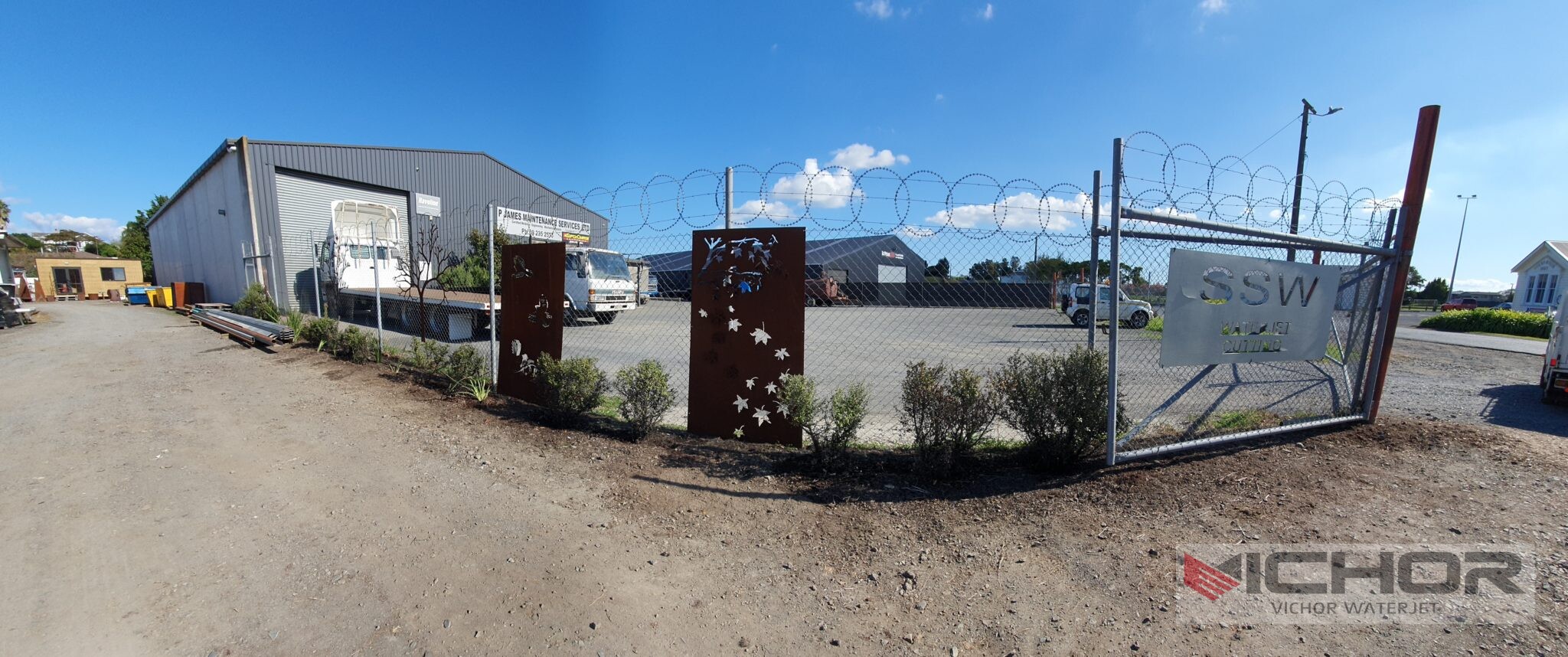
The Power of Water: What Exactly is a Hydrojet Cutter?
In the world of precision manufacturing and fabrication, few tools are as mesmerizing and powerful as the hydrojet cutter. Often used interchangeably with terms like waterjet cutter, this technology harnesses the raw power of water to slice through materials with astonishing accuracy. But what exactly sets it apart? If you’re exploring cutting solutions for your business or project, understanding the capabilities, science, and common challenges of the hydrojet cutter is essential. This article dives deep into the stream of this technology, explaining how it works, what it can do, and what to watch out for when considering this powerful tool.
The Science Behind the Stream: How a Hydrojet Cutter Works
The principle behind a hydrojet cutter is deceptively simple: extreme pressure creates an unparalleled cutting force. The process begins with a high-pressure pump, which is the true heart of the system. This pump, typically an intensifier type, takes in ordinary water and pressurizes it to an astonishing degree—anywhere from 60,000 to over 90,000 pounds per square inch (PSI). To put that in perspective, that’s nearly a thousand times the pressure coming from a fire hose.
This ultra-high-pressure water is then forced through a tiny, precision gemstone orifice, usually made from diamond or sapphire. This orifice focuses the tremendous energy into a coherent, supersonic stream moving at speeds faster than 2,500 feet per second. In its pure form, this stream is incredibly effective for cutting soft materials. However, for the hydrojet cutter to slice through metals, stone, and composites, a hard abrasive granule, most commonly garnet, is introduced into the stream. The water acts as a carrier, accelerating the abrasive particles that perform the vast majority of the cutting through micro-erosion. This combination of water and abrasive makes the hydrojet cutter one of the most versatile tools on the planet.
The Unmatched Versatility: Materials and Applications of Hydrojet Cutting
Perhaps the single greatest advantage of a hydrojet cutter is its remarkable material versatility. Unlike thermal cutting processes like laser or plasma, which rely on heat and are therefore limited in the materials they can process, hydrojet cutting is a cold process. This means it can cut almost anything without altering the material’s inherent structure.
Metals: From thin aluminum sheets and intricate stainless steel patterns to thick titanium plates and copper alloys, a hydrojet cutter handles them all without creating a heat-affected zone (HAZ) that can warp the material or weaken its structural integrity.
Stone and Tile: The natural stone industry relies heavily on hydrojet technology for precision cutting of granite, marble, and slate for countertops, tiles, and architectural features.
Glass and Ceramics: It can create complex shapes in delicate glass and brittle ceramics without cracking or chipping the material, something that is incredibly difficult with other mechanical methods.
Composites and Laminates: The cold-cutting nature prevents delamination and fusing of layers, making it ideal for cutting carbon fiber, fiberglass, and honeycomb composites used in aerospace and automotive industries.
Plastics, Rubber, and Foam: From gaskets and seals to packaging and insulation, a pure waterjet (without abrasive) cleanly cuts through a vast array of soft materials.
This versatility allows industries ranging from aerospace and automotive to art and architecture to use a single machine for nearly all their cutting needs.

Why Choose Water? The Key Advantages of Hydrojet Cutting
The unique mechanics of the hydrojet cutter grant it several distinct advantages over other cutting technologies. The most significant benefit is the absence of heat. As a cold cutting process, it eliminates the risk of thermal distortion, hardened edges, and altered material properties. This is crucial for machining parts that must maintain precise tolerances and original material strength.
Furthermore, hydrojet cutting is an omnidirectional process. It can start a cut from a pierced hole and move in any direction, allowing for incredibly intricate shapes and designs that would be impossible with traditional blade-based cutters. It also produces very little mechanical force on the material, meaning even delicate or thin parts can be held in place with simple fixtures without fear of distortion.
From an environmental standpoint, the process is also relatively clean. The primary waste products are water and abrasive, which can often be separated and recycled or disposed of responsibly. Compared to other industrial processes, it does not produce hazardous fumes or dust, making for a safer workshop environment.
Understanding the Limitations and Common Challenges
While powerful, the hydrojet cutter is not without its challenges. Operators must be aware of these common issues to achieve optimal results.
Cutting Speed vs. Thickness: One of the primary trade-offs is speed. While excellent for thickness, cutting through very dense materials requires the machine to move more slowly to ensure a complete cut. For high-volume production of thin parts, lasers might be faster.
Taper: A natural characteristic of the abrasive jet is that it can widen slightly as it travels through the material, resulting in a cut that is not perfectly vertical. The top of the cut may be marginally wider than the bottom. Modern systems combat this effectively with dynamic head tilt (taper compensation) technology.
Abrasive Consumption and Cost: The garnet abrasive is a significant consumable cost in the process. Managing its flow, ensuring it is free of moisture to prevent clogs, and sourcing it cost-effectively are important operational considerations.
Nozzle Maintenance: The intense abrasion and pressure mean that the jewel orifice and the mixing tube are wear items that require regular inspection and replacement to maintain cutting precision and efficiency.
Piercing Considerations: Piercing very thick or sensitive materials can sometimes cause surface pitting or splashback. Techniques like using a reduced pressure pierce cycle or starting from the edge of the material can mitigate this.
Maintaining Your Hydrojet Cutter for Peak Performance
To ensure a long service life and consistent cut quality, a regular maintenance routine is essential. This includes daily checks of the pump’s hydraulic oil and water filters, as well as inspecting the abrasive delivery system for moisture or clogs. The high-pressure seals within the pump will need periodic replacement as they are subject to extreme wear.
The cutting head components demand particular attention. The diamond orifice should be inspected for rounding or enlargement, and the mixing tube for ovalization. Replacing these parts before they are completely worn out is more cost-effective than dealing with poor cut quality and wasted abrasive. Furthermore, keeping the machine’s motion system (rails, gears, and bearings) clean and properly lubricated is vital for maintaining the accuracy of the cut over the long term.
In conclusion, the hydrojet cutter stands as a testament to the power of simplicity and precision. Its ability to cold-cut virtually any material with exceptional accuracy makes it an invaluable asset across countless industries. By understanding its Working principle, unparalleled versatility, and the practicalities of its operation, businesses can harness this powerful technology to unlock new creative and manufacturing potential, pushing the boundaries of what is possible in fabrication and design.
continue reading



